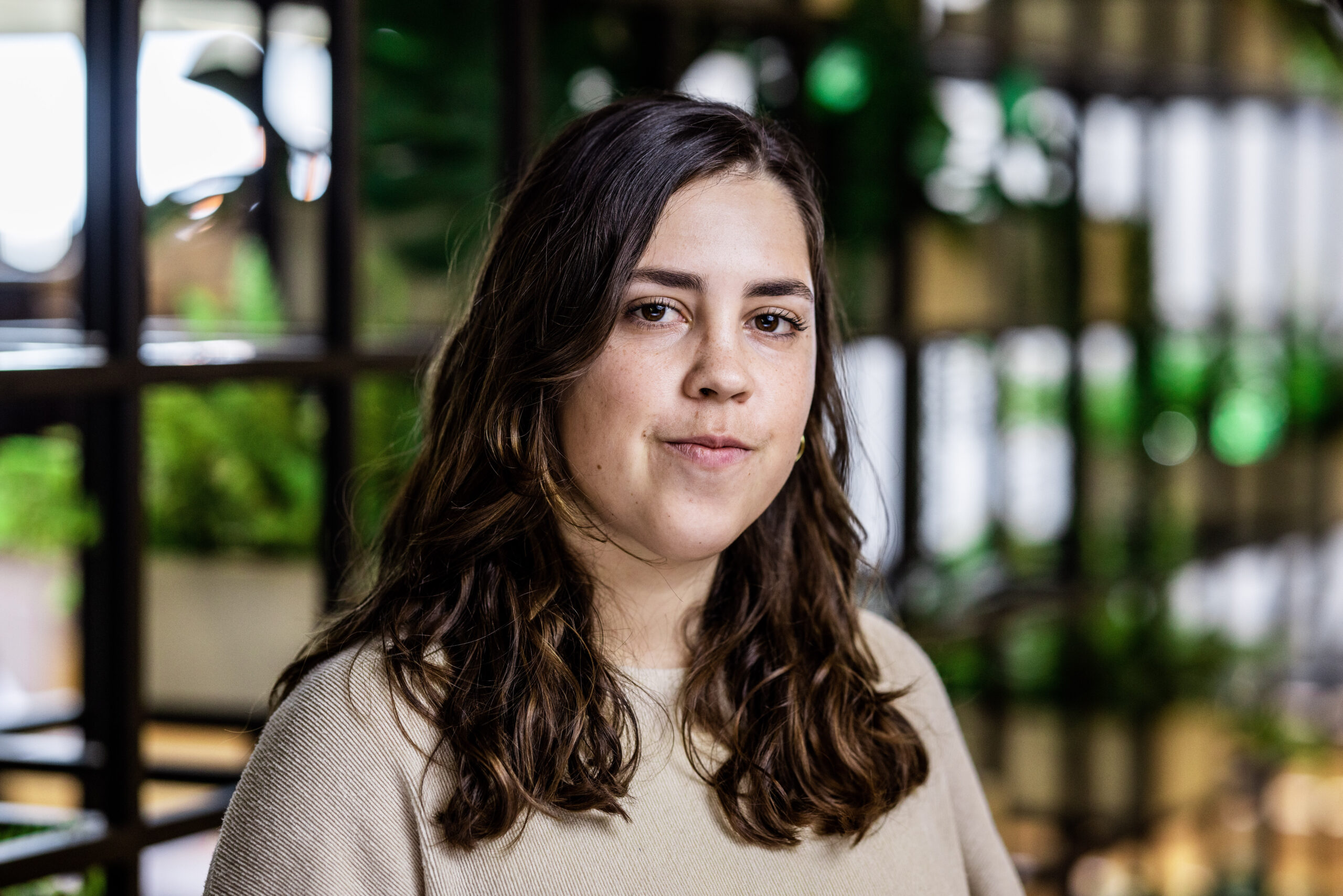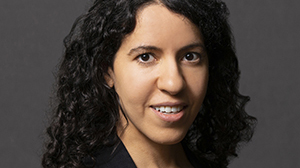Have you ever been asked by an interviewer, “Where do you see yourself in five years?” or “What are your career goals for 10 years from now”? Looking back, are you pleased with your response?
If not, you’re not alone. As a college student on the internship/first job hunt, this question always threw me, too. How could I possibly know what specific job I would want years from now when so many jobs seemed interesting and exciting? Wouldn’t it be best to keep an open mind? Now that I’m in the talent acquisition industry and frequently pose that same question, I understand the value of the answer. Let me share what I mean.
Interviews are stressful situations. All candidates want is to do is impress the interviewer and receive a job offer, but the answer many candidates give to this question can detract from the story the candidate is trying to tell about why he or she should be hired. Here’s what you should think about before your next interview:
- What things or causes are you most passionate about? (making the world a better place, connecting people with fulfilling jobs, improving and streamlining processes, etc.)
- What are your professional skills or characteristics that others have praised? (attention to detail, creativity, thinking on your feet, etc.)
- What experience do you already have? (managing a college club, managing volunteers, etc.)
These three aspects should be included in your role now and in the future. That’s your five year plan—to combine your passion, your skills, and experiences into a role that is a natural fit for you and that allows you to succeed and contribute value at the highest level. A thoughtful answer combining these pieces will illustrate why you are worth hiring.
Lancée Kurcab has been a senior recruiter at the Charles Koch Institute for over two and a half years. She leads a team of recruiters responsible for the identification of over 400 individuals yearly for the Institute’s educational programs.


